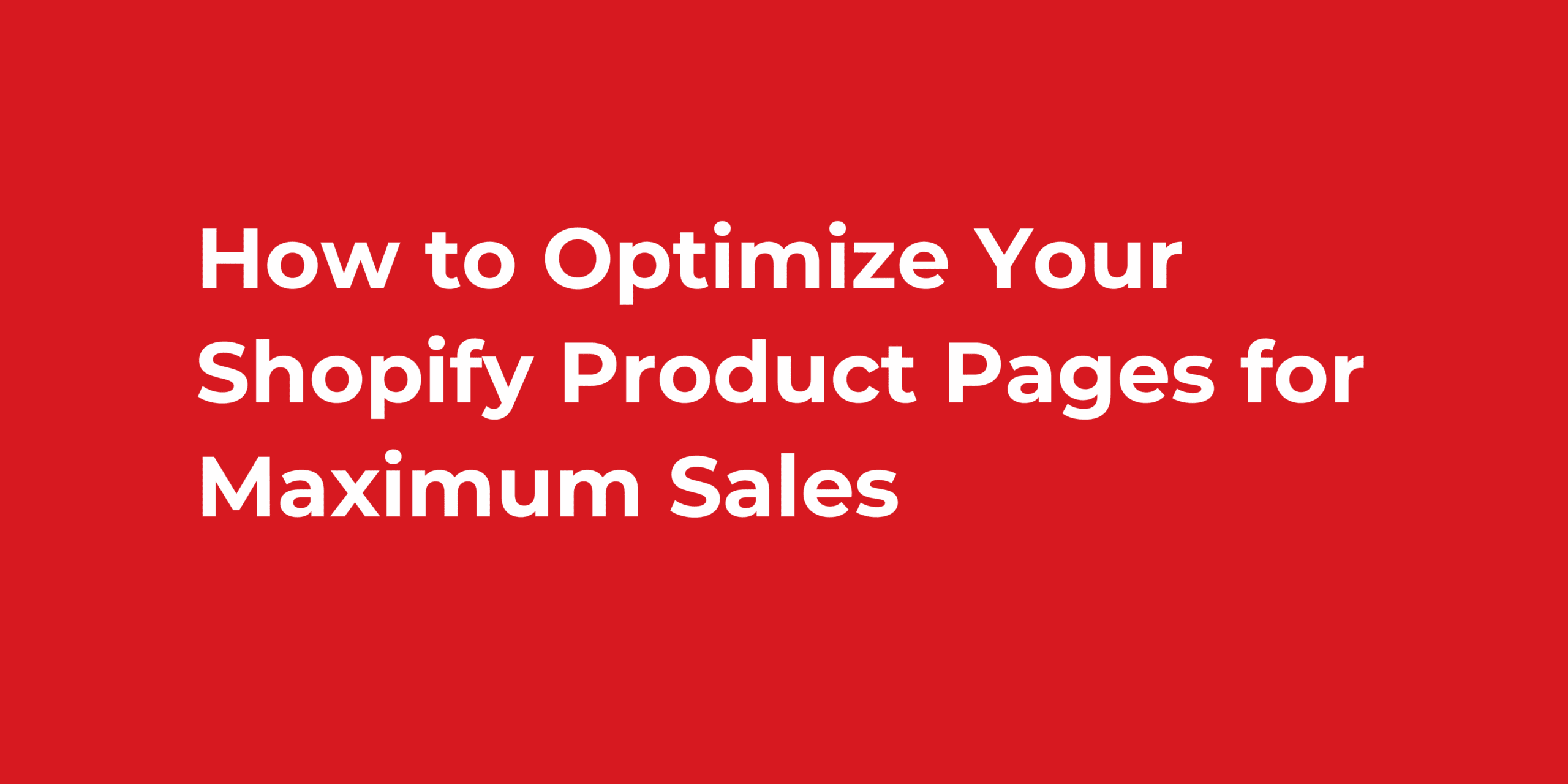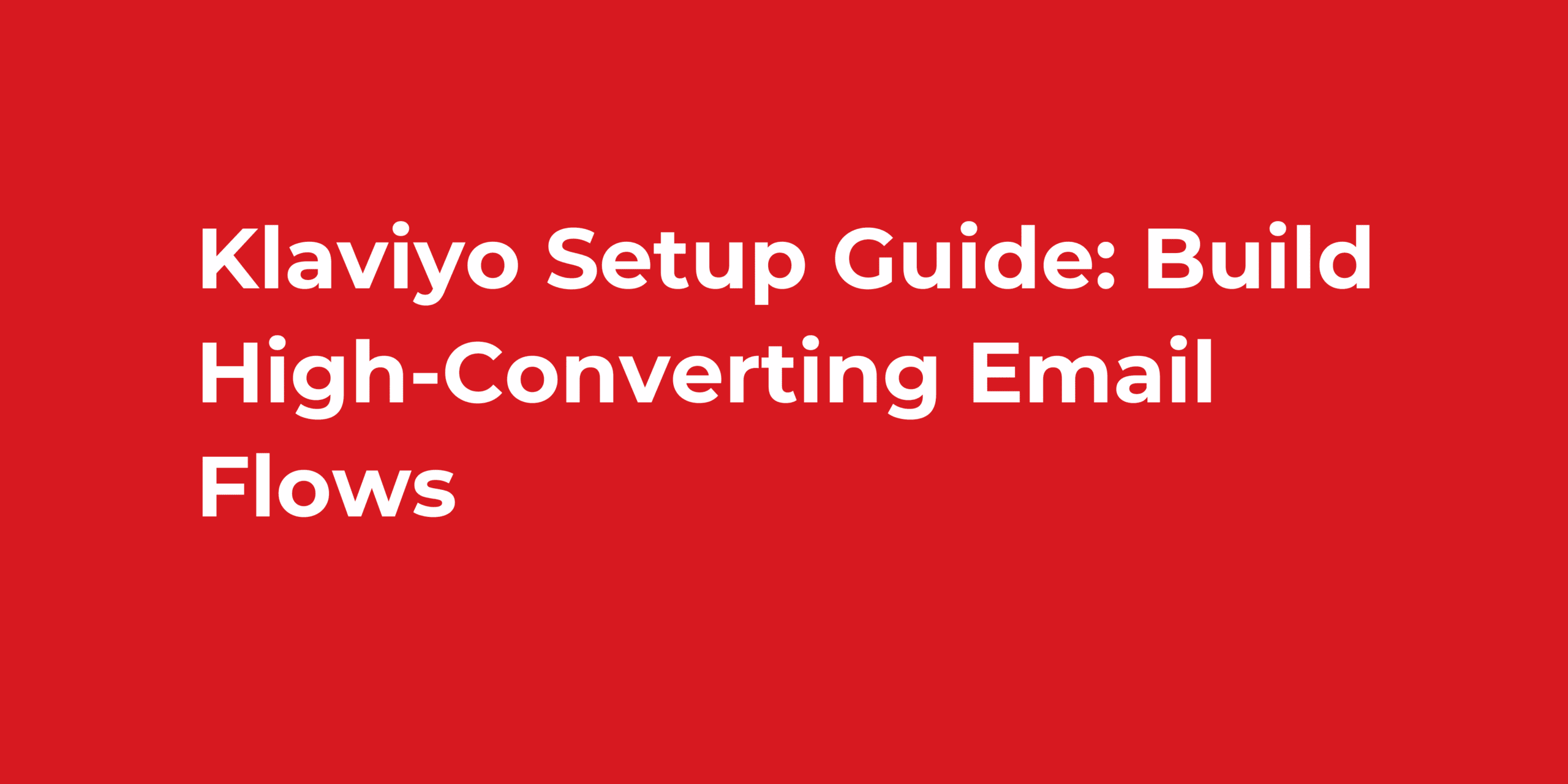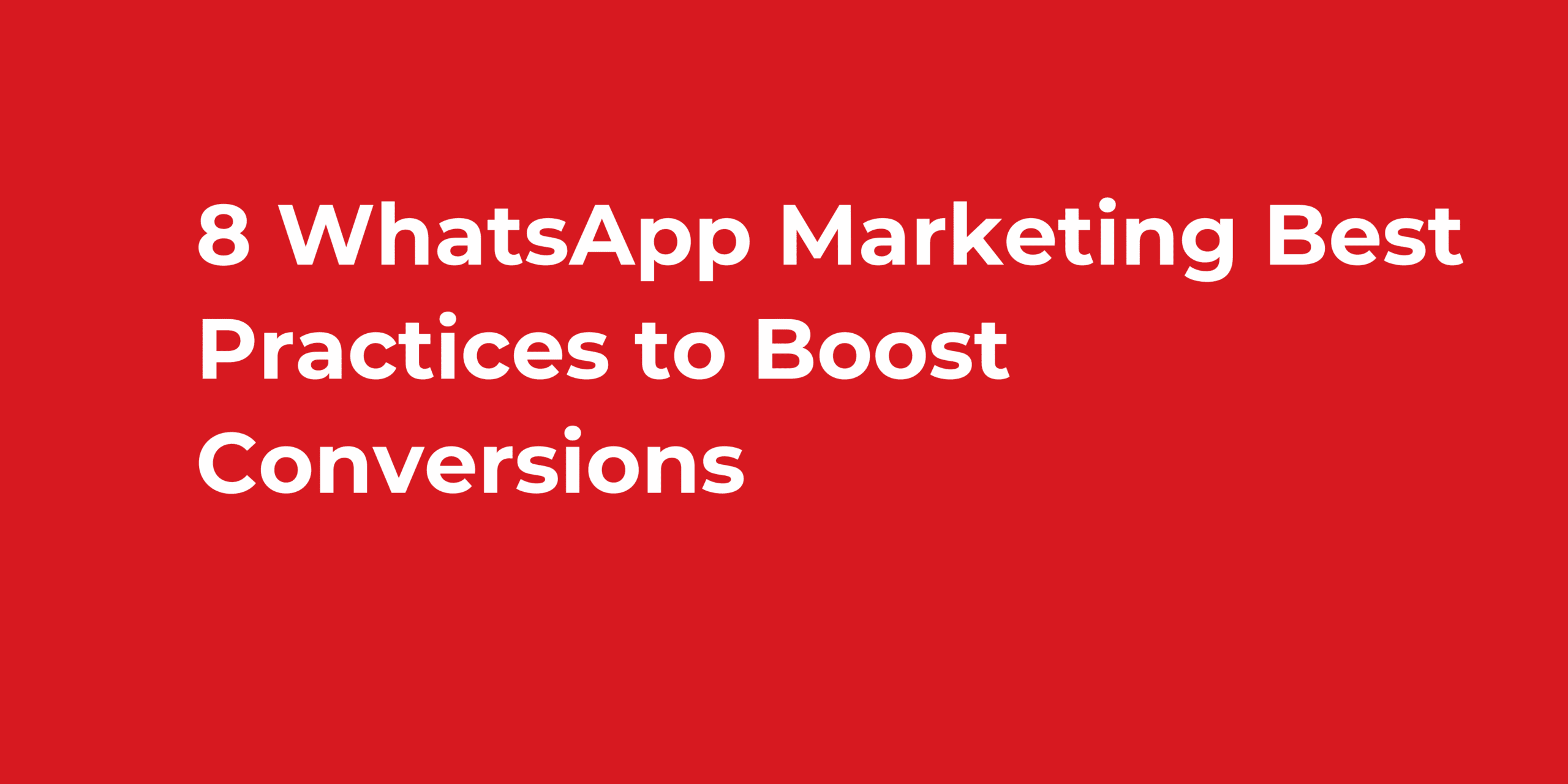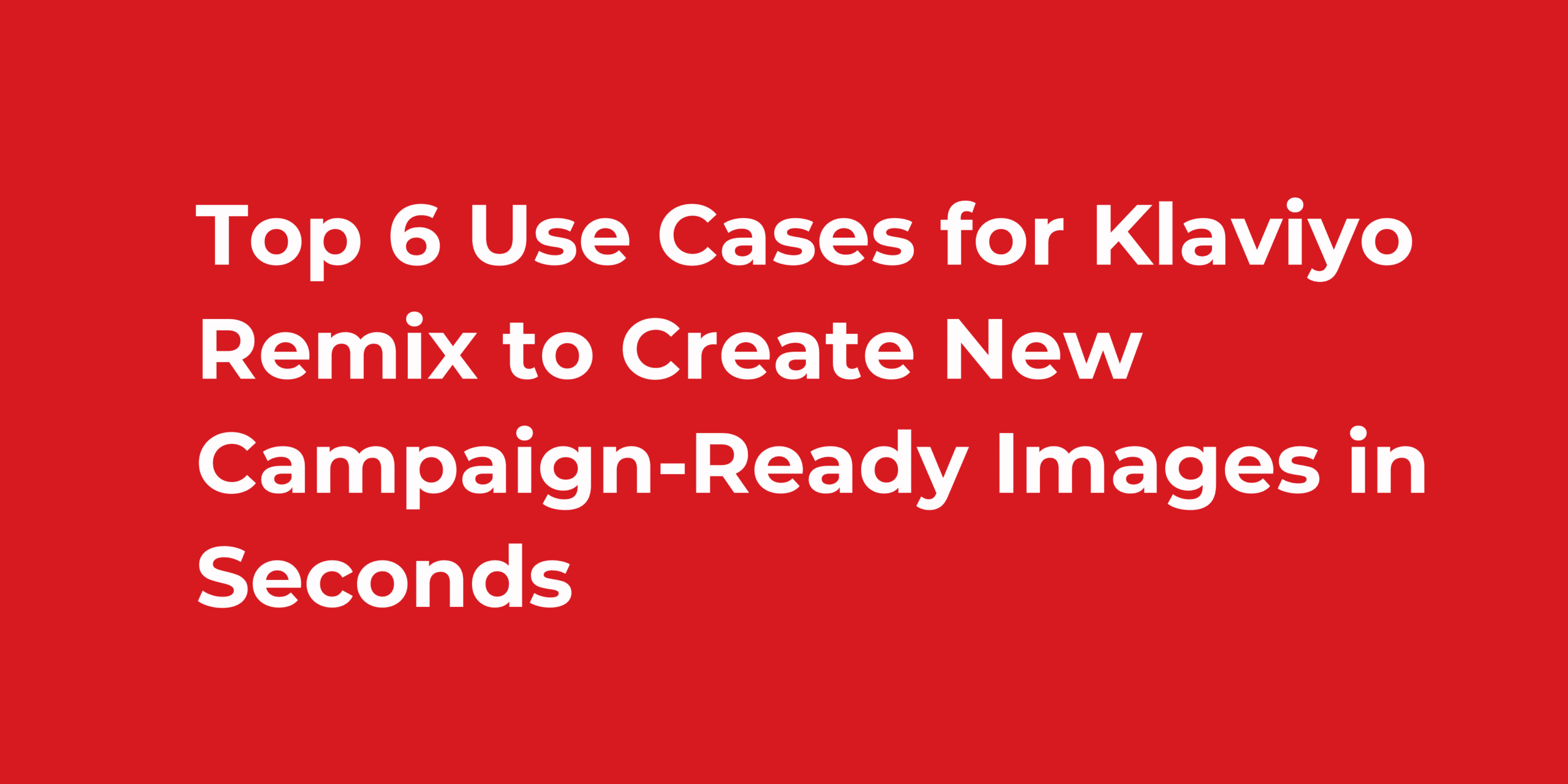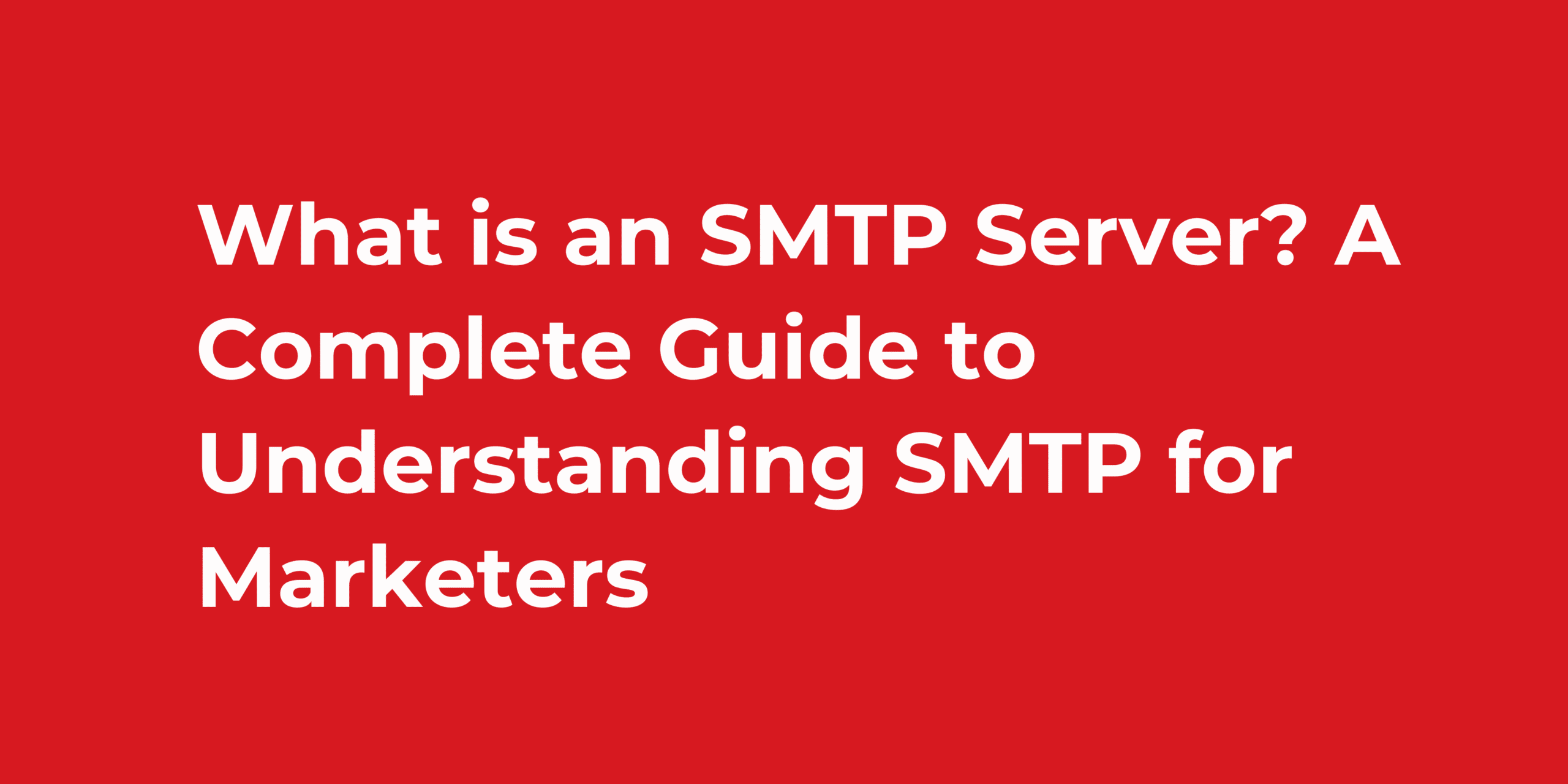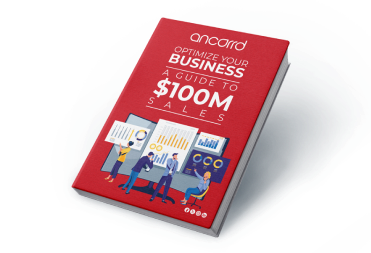You’ve poured your heart into your products. You’ve perfected your pricing. You’ve even nailed your marketing. But here’s the hard truth: if your website design for ecommerce stores isn’t working for you, you’re leaving money on the table.
Every second a visitor spends confused by your navigation? That’s a potential sale slipping away. Every time someone squints at tiny text on their phone? That’s trust you’re losing. And every competitor with a smoother, faster, more intuitive site? They’re capturing the customers who should be yours.
But here’s the good news: great ecommerce website design doesn’t require a massive budget or a degree in graphic design. It’s not about following every trend or building the flashiest site on the internet. It’s about understanding what actually makes people click “buy”—and giving them exactly that experience.
Let’s dive into the design strategies that will transform your site from “just another online store” into a conversion machine that works for you 24/7.
The Six Pillars of Exceptional Ecommerce Website Design
1. Accessibility: Design That Works for Everyone
Accessibility isn’t just a legal checkbox—it’s fundamental to creating a better experience for all your customers. When you prioritize website design for ecommerce with accessibility in mind from the start, everyone benefits.
Overcrowded layouts and flashing animations might seem eye-catching, but they can cause overstimulation for neurodivergent users and visual strain for everyone else. The result? Lower comprehension and higher bounce rates.
Start with these accessibility wins:
- Add descriptive alt text to all product images (it helps with SEO too)
- Ensure proper color contrast for all text
- Create clear, easy-to-understand forms with helpful error messages
- Use consistent layouts throughout your site
- Consider auditing your site for W3C compliance standards
2. Color Palette: More Than Just Pretty Hues
Your color choices determine what stands out and what fades into the background. This is especially crucial for text legibility—but you don’t need to sacrifice brand personality for readability.
Instead of stark black on pure white (which can be fatiguing on backlit screens), try charcoal on off-white. Even within “off-white,” you have options: some lean cooler with gray-blue undertones, while others are warmer and more cream-colored.
Color palette best practices:
- Use high-contrast combinations for navigation and calls-to-action
- Choose 2-3 brand colors maximum to avoid visual overwhelm
- Opt for off-white backgrounds instead of pure white to reduce eye strain
- Maintain consistency across your site and other brand touchpoints
At Ancorrd, we help businesses select color palettes that align with their brand identity while optimizing for user experience.
3. Images and Video: Bringing Your Brand to Life
Visual content is where you can inject personality and emotion into your ecommerce store design. Product photography should follow a standardized approach—same background, same lighting quality, same angles—so customers can smoothly browse your catalog without visual disruption.
Lifestyle photography and video, however, offer more creative freedom. These assets tell your brand’s story and can incorporate social proof, instantly positioning your products as desirable and trustworthy.
Visual content tips:
- Standardize product photography for cohesive catalog browsing
- Use lifestyle images to strengthen your brand narrative
- Add image fallbacks for videos in case of slow connection speeds
- Change seasonal visuals to keep your site feeling fresh
- Optimize image file sizes for faster loading
4. Functionality: Beauty Must Serve Purpose
Your ecommerce website design can be stunning, but if it doesn’t work smoothly, you’ll lose sales. Every design element should be measured against its impact on site speed and user experience.
Remember: mobile commerce accounts for more than half of all ecommerce sales. If you’re designing on a laptop, you’re not seeing what most of your customers see. Responsive design—where your site automatically adjusts to any device—isn’t optional anymore.
Functionality essentials:
- Test on multiple devices, especially mobile
- Optimize images and videos for faster loading
- Use responsive design for seamless cross-device experience
- Monitor how each design element impacts site speed
- Implement asynchronous loading for better performance
5. Navigation: The Path to Purchase
Navigation design creates a funnel that lets users find what they need in as few clicks as possible. Good news: you don’t need to reinvent the wheel here. Users have learned to expect certain conventions, and meeting those expectations makes your site feel instantly intuitive.
Place your navigation links on the left, logo in the center, and utilities like search, account, and cart in the upper right corner. When users don’t have to hunt for these elements, they can focus on your products instead.
Navigation best practices:
- Keep menu structures simple and logical
- Use descriptive labels for navigation items
- Implement breadcrumb navigation for deeper pages
- Include a search function prominently
- Ensure mobile navigation is thumb-friendly
6. Typography: The Voice of Your Brand
Typography does more than make text readable—it gives your brand a distinctive voice and tone. Larger text emphasizes important information and creates visual hierarchy that guides readers’ eyes smoothly through content.
Choose one to two complementary typefaces for your brand and stick with them. For product descriptions and body text, prioritize legibility. For large display headlines and banners, you have more creative freedom to use decorative fonts that make a statement.
Typography tips:
- Select fonts based on their specific application (body text vs. headlines)
- Limit yourself to 2-3 fonts maximum across your brand
- Use different weights (bold, regular, light) for additional distinction
- Ensure font sizes are readable on mobile devices
- Consider licensing premium typefaces for a more unique brand identity
Five Universal Principles for Ecommerce Website Design
Balance Expected with Unexpected
Users expect certain patterns—a shopping cart in the top right, product descriptions next to images, clear navigation. Following these conventions makes your site intuitive. But if you follow them too rigidly, you risk joining the “sea of sameness.”
The solution? Create a strong branded experience through your unique typography, imagery, and color choices within a familiar navigation structure. Give users the comfort of predictability with the delight of personality.
Choose Fonts Strategically
The most common typography mistake is selecting a font that doesn’t match its purpose. Product descriptions and call-to-action buttons need instant legibility—if a font is too decorative or difficult to read, you’ll lose sales. But large display headlines offer more room for creative, attention-grabbing fonts.
Embrace Minimalism
Less is genuinely more in website design for ecommerce. Using a single typeface across your product packaging and website creates stronger brand recognition. Limiting your color palette to 2-3 core colors makes your brand more memorable and your site less overwhelming.
Minimalist design also improves site speed and reduces cognitive load, making it easier for customers to focus on what matters most: your products.
Mind Your Line Length
Long lines of text tire readers’ eyes. When text spans the entire width of a screen, eyes must travel back and forth across huge distances, causing fatigue and reducing comprehension.
That’s why most product pages split the screen—image on the left, description on the right. This halves the distance readers’ eyes must travel, making your content easier to consume and your products easier to sell.
Design for the Worst-Case Scenario
You’re probably designing and testing your site with perfect WiFi and a large screen. Your customers aren’t. They’re shopping from phones on spotty airport WiFi, from tablets in bed with low bandwidth, from laptops in cafes with dozens of devices competing for connection.
Design with these challenging conditions in mind:
- Disable mobile video autoplay
- Use asynchronous loading to prioritize critical content
- Ensure image fallbacks load if videos can’t
- Compress images without sacrificing quality
- Implement lazy loading for below-the-fold content
How Ancorrd Can Elevate Your Ecommerce Design
At Ancorrd, we specialize in creating ecommerce website designs that don’t just look beautiful—they convert. Our approach combines strategic design thinking with technical excellence to deliver sites that perform across all devices and connection speeds.
Whether you’re launching a new online store or redesigning an existing one, we ensure your website design for ecommerce stores reflects your brand identity while optimizing for user experience and conversions.
Frequently Asked Questions About Ecommerce Website Design
What makes a good ecommerce website design?
A good ecommerce website design balances aesthetics with functionality. It should be visually appealing, easy to navigate, mobile-responsive, fast-loading, and accessible to all users. The design should guide customers smoothly from browsing to checkout while reflecting your brand identity.
How important is mobile responsiveness for ecommerce sites?
Mobile responsiveness is critical for ecommerce store design since mobile commerce accounts for over 50% of all online sales. A responsive design ensures your site looks great and functions properly on smartphones, tablets, and desktop computers, providing a seamless shopping experience across all devices.
What is the ideal page load time for an ecommerce website?
Your ecommerce website design should aim for a page load time of 2-3 seconds or less. Research shows that 53% of mobile users abandon sites that take longer than 3 seconds to load. Optimize images, use content delivery networks, and implement caching to improve speed.
How does color psychology affect ecommerce sales?
Color choices in website design for ecommerce can significantly impact purchasing decisions. Different colors evoke different emotions—blue builds trust, red creates urgency, green suggests eco-friendliness. Using high-contrast colors for call-to-action buttons can increase click-through rates and conversions.
How often should I update my ecommerce website design?
While you don’t need frequent major redesigns, your ecommerce store design should evolve continuously. Update seasonal visuals, refresh product photography, and optimize based on user behavior data. Consider a comprehensive redesign every 2-3 years to stay current with design trends and technology advancements.
What is the best font size for ecommerce product descriptions?
For optimal readability in ecommerce website design, use a minimum font size of 16px for body text and product descriptions. Mobile devices should never go below 14px. Headings should be proportionally larger to create clear visual hierarchy and guide users through your content.
The Bottom Line: Invest in Strategic Ecommerce Website Design
Great website design for ecommerce stores is a conversation between you and your customers. It should communicate clearly, evoke the right emotions, and make purchasing decisions feel confident and easy.
You don’t need the most cutting-edge design trends or the most complex animations. You need a site that’s accessible, fast, intuitive, and authentically represents your brand. When these elements align, design becomes your most powerful sales tool—one that works 24/7 to turn visitors into loyal customers.
Start with these fundamentals, test relentlessly, and always design with your customers’ real-world browsing experiences in mind. The investment in thoughtful ecommerce website design will pay dividends in customer satisfaction, brand loyalty, and ultimately, your bottom line.
Ready to transform your ecommerce store with professional design? Contact Ancorrd today to discuss how we can help you create a high-converting online store that stands out from the competition.

